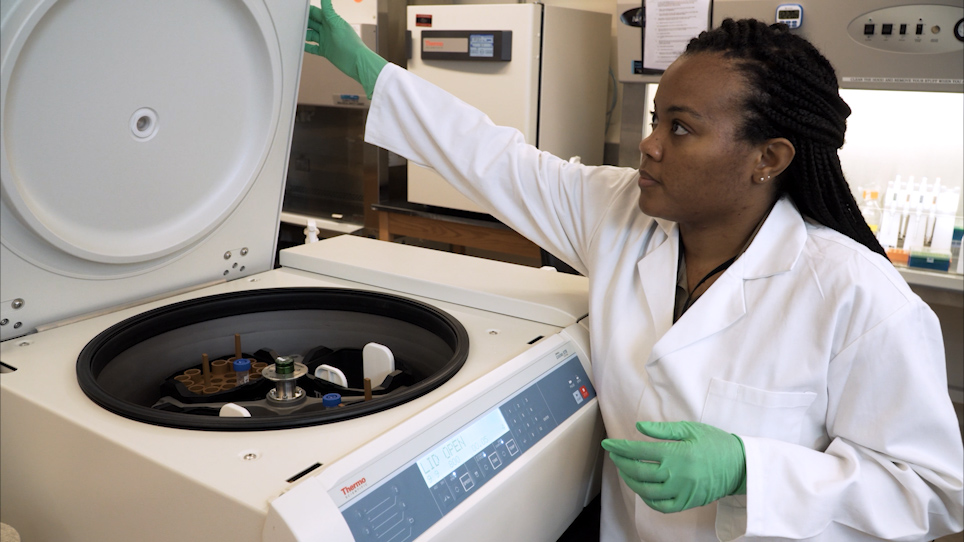Measuring Alloreactivity in a Mixed Population of T Cells
Transcript
Begin with a multi-well plate containing mouse dendritic cells, or DCs carrying alloantigens or genetic variants of self-antigens.
Introduce mouse T cells, including alloreactive T cells that are non-reactive to self-antigens, while recognizing foreign antigens.
The alloreactive T cells recognize these alloantigens and interact with DCs, triggering cytoskeleton rearrangement, including F-actin reorganization.
This promotes receptors on T cells to engage with co-stimulatory molecules on DCs, forming a cellular connection — an immunological synapse.
Fix the cells, transfer them to a tube, and introduce a cocktail of fluorochrome-labeled antibodies specific to T cell and DC receptors, imparting distinct fluorescence.
Remove unbound antibodies and resuspend the cells in a buffer containing a permeabilizing agent that permeabilizes the cells and green fluorophore-tagged protein markers that bind to F-actin.
Centrifuge and resuspend the cells in a buffer containing nuclear dye, staining the nuclei red.
Using imaging flow cytometry, identify the doublets — corresponding to T cell and DC conjugates with green crosshairs of F-actin — confirming synapse formation.
Quantify the doublets representing the degree of alloreactivity.



